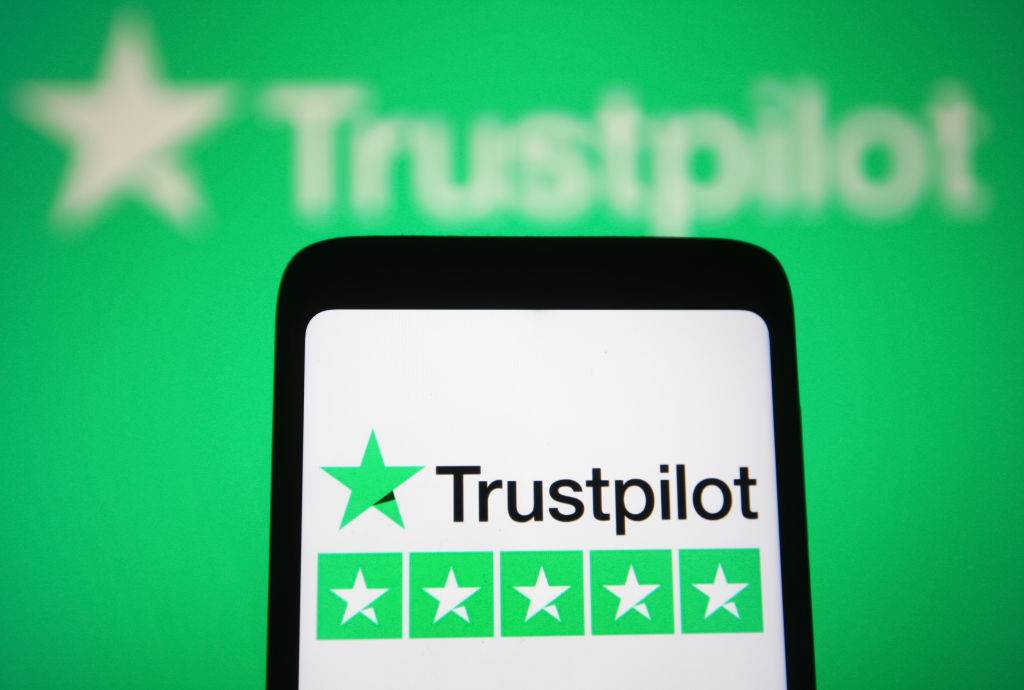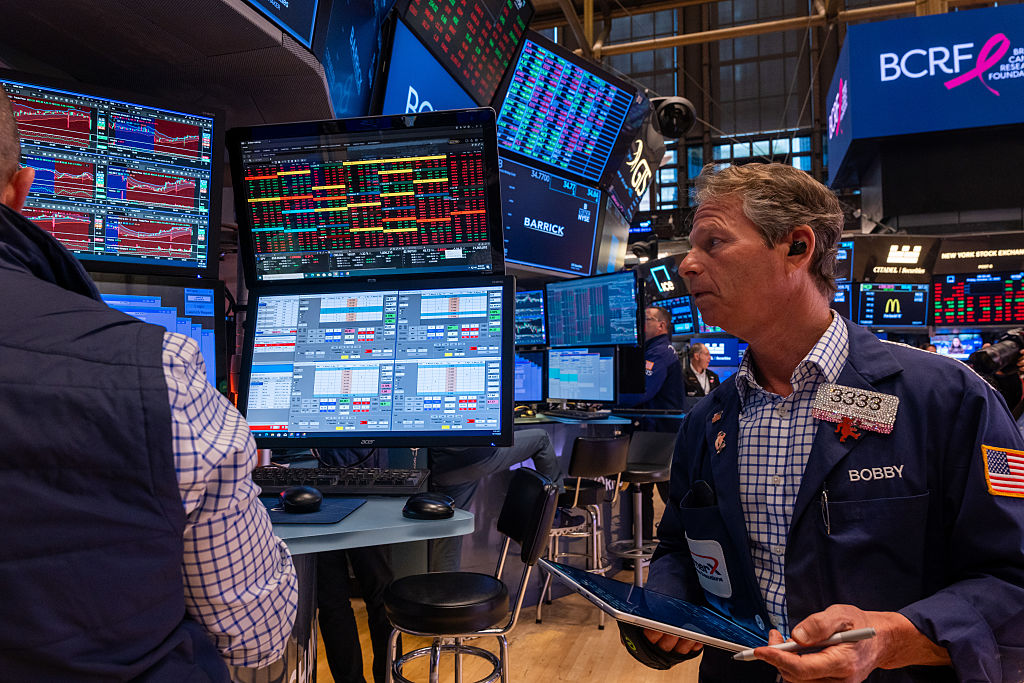No better historian for the Old Lady
Book review: Till Time’s Last SandDavid Kynaston has written a definitive history of the Bank of England.


Published by Bloomsbury, £35
David Kynaston, an acclaimed social historian, has written many books on the British financial sector. In his latest, he turns to the story of one of the world's most famous central banks. Till Time's Last Sand looks at how the Bank of England was set up at the end of the 17th century, how it evolved, and how its aims started to conflict with those of the government.
MoneyWeek
Subscribe to MoneyWeek today and get your first six magazine issues absolutely FREE

Sign up to Money Morning
Don't miss the latest investment and personal finances news, market analysis, plus money-saving tips with our free twice-daily newsletter
Don't miss the latest investment and personal finances news, market analysis, plus money-saving tips with our free twice-daily newsletter
"Kynaston's aim is to provide a history of the Bank for the general reader and in this he triumphantly succeeds," says John Plender in the Financial Times. This is no dry account: there is "a focus on people, lowly as well as grand, and the kind of place this venerable institution has been over its long lifespan".
"This is the ultimate account of the mother of British establishment institutions, replete with detail, meticulously researched, based on a series of interviews with key players and historians", alongside research in the primary-source material, agrees John Kampfner in The Guardian.
The only flaw is that "Kynaston chooses to denude this book of emotion and opinion Each war, each trend, is reduced to a sentence or two [when] they could have been woven into the narrative with much greater colour and context."
If you're expecting colour, bear in mind that this is an "880-page history of a central bank", says Simon Heffer in The Daily Telegraph. Given that, it is remarkable that Till Time's Last Sand manages to be "fascinating, and at times even gripping", packed with digressions "on the bank's architectural vicissitudes" and even on "the designs of the banknotes".
What's more, it is not just a social history: the final section on the global financial crisis will stand as the definitive account of these events until the official documents are released, and makes "a fitting end to a book of great authority, style and wit"."The Old Lady could have wanted no better historian."
Get the latest financial news, insights and expert analysis from our award-winning MoneyWeek team, to help you understand what really matters when it comes to your finances.

-
 Why Trustpilot is a stock to watch for e-commerce exposure
Why Trustpilot is a stock to watch for e-commerce exposureTrustpilot has built a defensible position in one of the most critical areas of the internet: the infrastructure of trust, says Jamie Ward
-
 Tetragon Financial: An investment trust with stellar returns
Tetragon Financial: An investment trust with stellar returnsTetragon Financial has performed very well, but it won't appeal to most investors – there are clear reasons for the huge discount, says Rupert Hargreaves